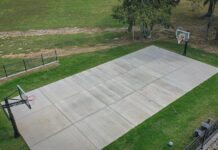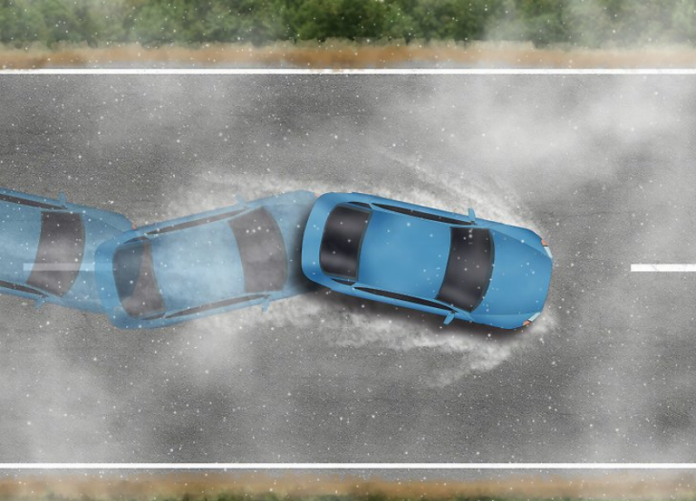With Wednesday’s weather forecast calling for severe storms and heavy pockets of rain, it’s a great time to review safe driving tips, especially what to do when our tires hit a puddle and we hydroplane. Hydroplaning can be scary, so it’s important to know what to do and what not to do.
Let’s Start at the Beginning…..
What is Hydroplaning
Put quite simply, hydroplaning is when your tires lose contact with the road.
“The term hydroplaning is commonly used to refer to the skidding or sliding of a car’s tires across a wet surface. Hydroplaning occurs when a tire encounters more water than it can scatter. Water pressure in the front of the wheel pushes water under the tire, and the tire is then separated from the road surface by a thin film of water and loses traction. The result is loss of steering, braking and power control,” writes safemotorist.com.
How to Prevent Hydroplaning
Many times hydroplaning is due to driving too fast during inclement weather, poor tire condition, or trying to drive in too deep of water. It’s important to keep up the condition of your tires for best grip and safety, but it’s also important to slow down when it is raining and to pay attention to how deep the water is. Deep water can look deceptively shallow. It’s also important to note that you should never use cruise control in extreme weather conditions as it often makes the situation worse rather than better.
Even if we are careful drivers, hydroplaning can happen.
Do’s & Don’ts of Hydroplaning
Don’t
- Slam on your brakes
- Make sudden turns
What you should do when hydroplaning depends on certain features of your car like whether you have all wheel drive, front wheel drive, or rear wheel drive and whether you have traction control or ABS.
Do
For cars with traction control & ABS:
- Identify a safe open space ahead and very slightly accelerate
- Steer gently toward the open space until you can safely stop or you gain control of your car
For cars without traction control or ABS
- Identify a safe space and steer towards it
- Very slowly ease off the accelerate
- Steer gently toward the open space until you can safely stop or you gain control of your car
- Hydroplaning can be a scary experience, but you can feel confident that you can handle it if it happens by remembering these tips.
Subscribe to our FREE Newsletter!



























